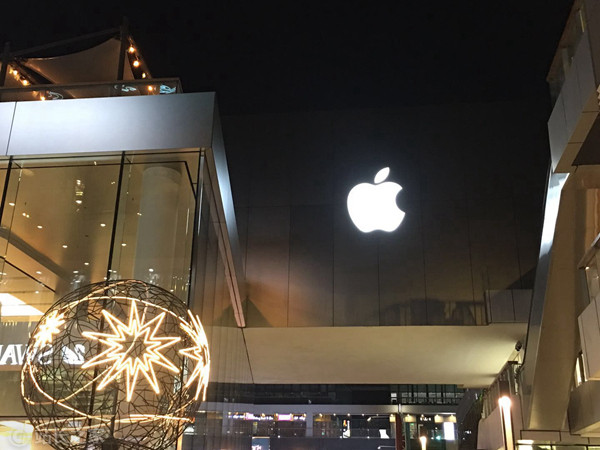In Mexico City, a startup team named "Someone Somewhere" has successfully caught the attention of the global sports brand giant Adidas with AI-designed soccer jerseys, achieving a leapfrog business collaboration. This story not only showcases the perfect fusion of technological innovation and traditional craftsmanship but also highlights the significant potential of social enterprises in promoting sustainable development and poverty alleviation.
Founders Antonio Núñez, Fátima Álvarez, and Enrique Rodríguez have been concerned about the artisans in Mexico's indigenous communities since their youth. In 2016, they established "Someone Somewhere" with the aim of combining traditional craftsmanship with modern fashion while helping artisans achieve economic independence.
The turning point for the company came in 2023. The team utilized AI image generation technologies such as Stable Diffusion to create a series of innovative product concept designs. Among them, a design that integrated traditional Mexican embroidery elements into an Adidas-style national team jersey went viral on social media, garnering over 1 million views.

Image courtesy of Someone Somewhere
This AI-generated concept not only showcased the unique charm of the product but also conveyed profound social values. Núñez estimates that the production of each jersey will provide fair employment opportunities for over 3,000 artisans for half a year, potentially benefiting more than 15,000 people. This creative idea quickly attracted Adidas's attention, and the two parties reached a cooperation agreement within a few weeks.
On June 21, 2023, Adidas and "Someone Somewhere" jointly launched a limited edition series of Mexico national team jerseys. Each jersey embodies over 11 hours of manual embroidery work by Puebla's female artisans, inheriting Mexico's cultural heritage while reflecting innovative design concepts. Notably, the jersey also features a QR code that allows consumers to learn about the artisans involved in the production, reflecting the brand's social responsibility.
The application of AI technology has greatly enhanced "Someone Somewhere's" design efficiency and innovation capabilities. Núñez revealed that the company's monthly design capacity has surged from 10 products to 5,000, producing over 10 million products in the past year, with revenue growth of 36 times in three years. This high efficiency has also earned the company collaboration opportunities with tech giants like Google, Uber, and Amazon.
In addition to breakthroughs in the design field, "Someone Somewhere's" social enterprise model has also gained widespread recognition. Through cooperation with Nimble, the company successfully entered global Apple stores. Nimble's CEO, Ross Hawley, was attracted by the company's mission and B-Corp certification, and the cooperative products are now available in Apple stores across 30 countries.
Despite raising only $1.7 million in funding, "Someone Somewhere" has achieved profitability and plans to conduct a new round of financing to seize market opportunities in nearshoring and sustainable procurement. This case not only demonstrates the huge potential of AI technology in business innovation but also highlights the feasibility and influence of a business model that combines technology, design, and social responsibility.
"Someone Somewhere's" success story provides us with an insight: in the digital era, the combination of innovative thinking, social responsibility, and advanced technology can create astonishing business miracles while bringing positive social impacts. This model not only drives economic development but also offers new approaches to solving social issues.










